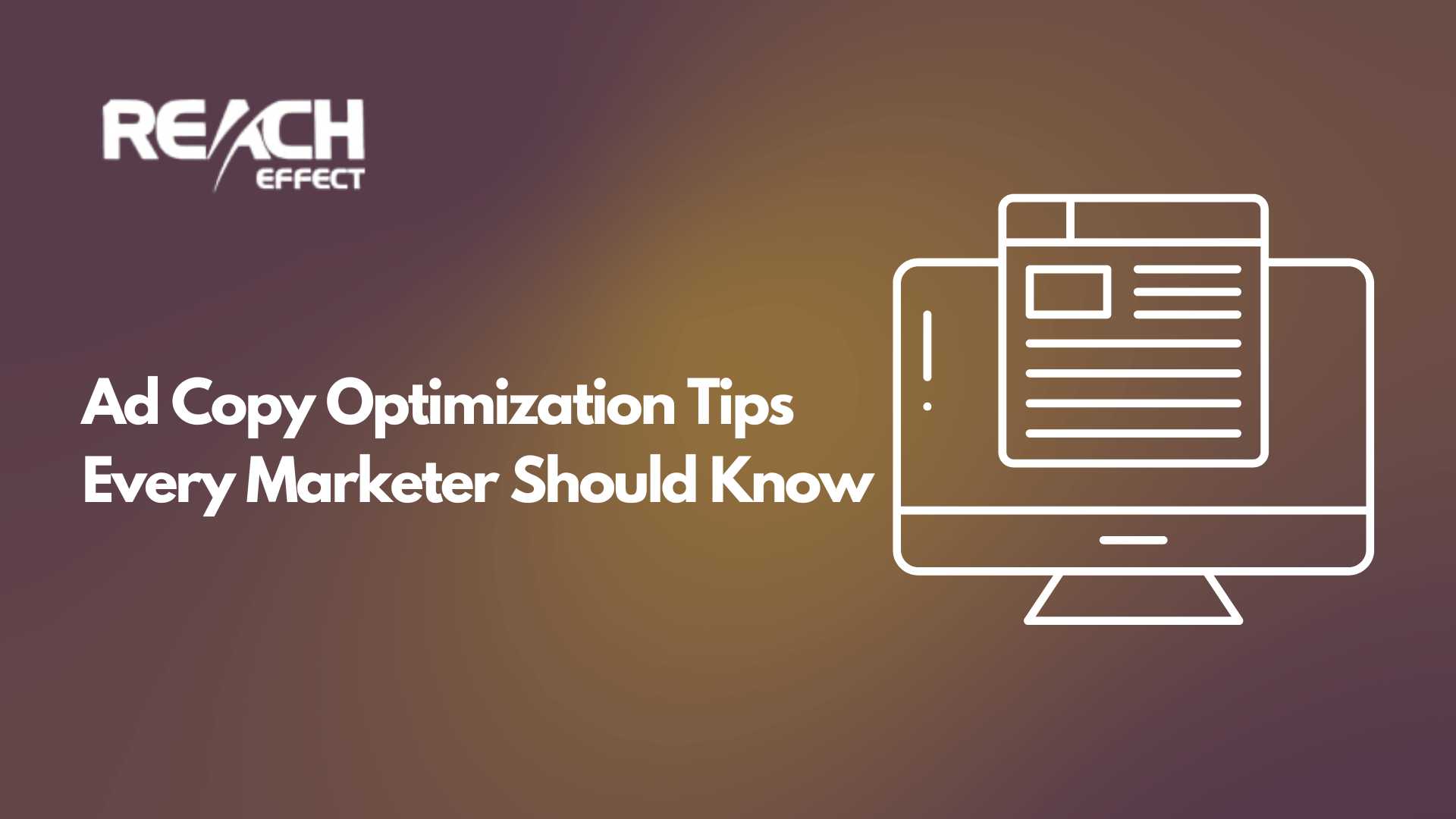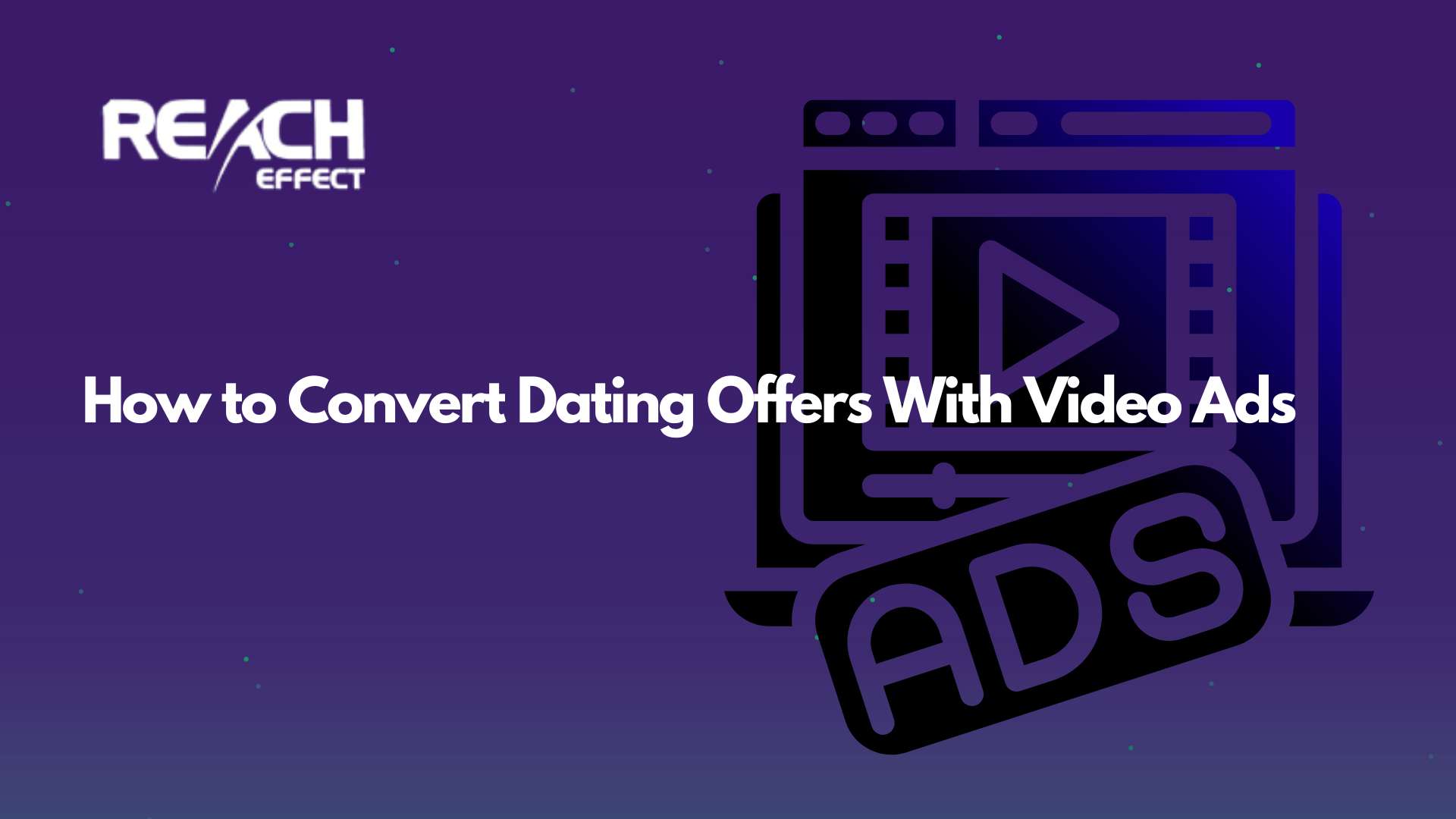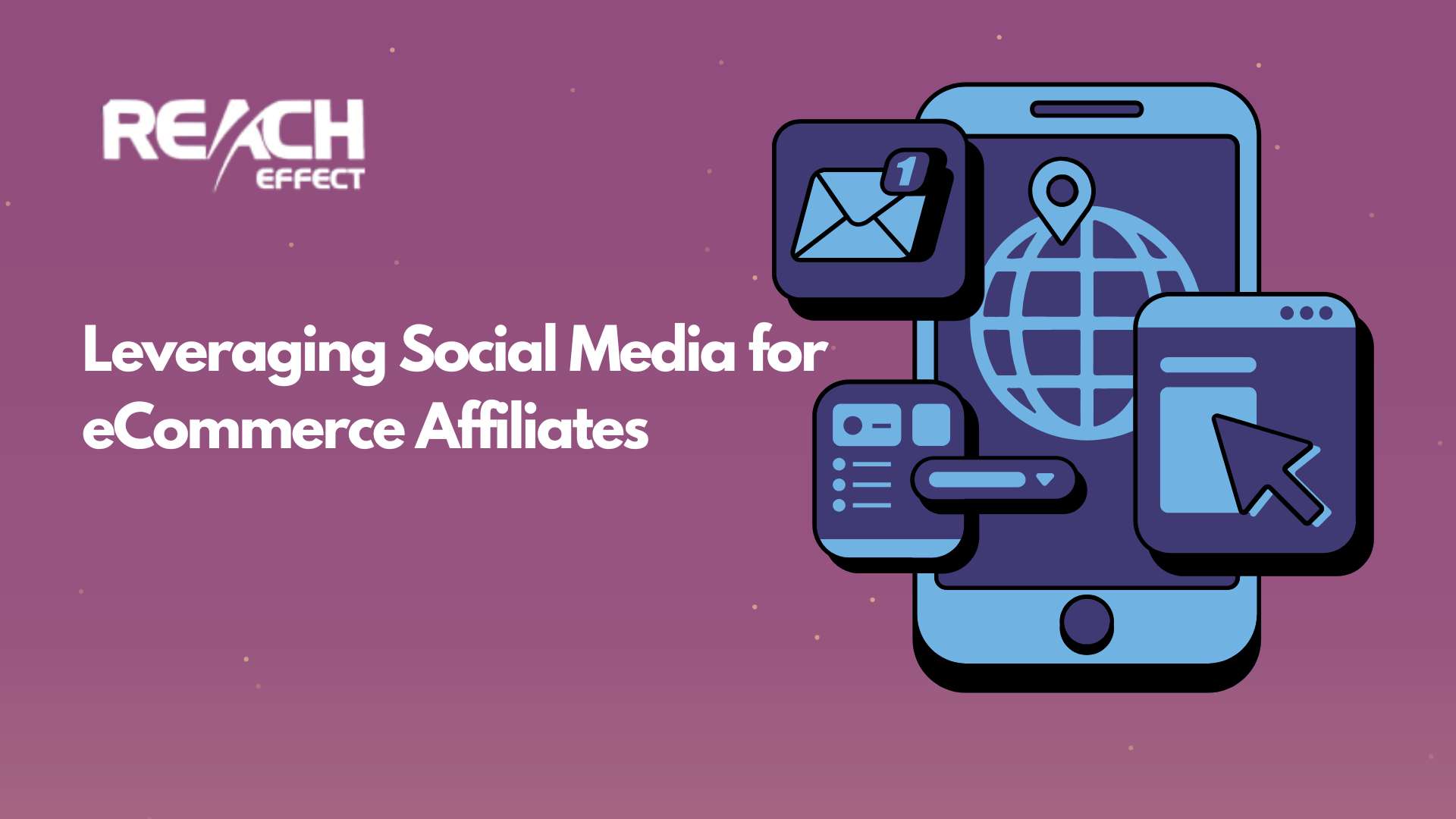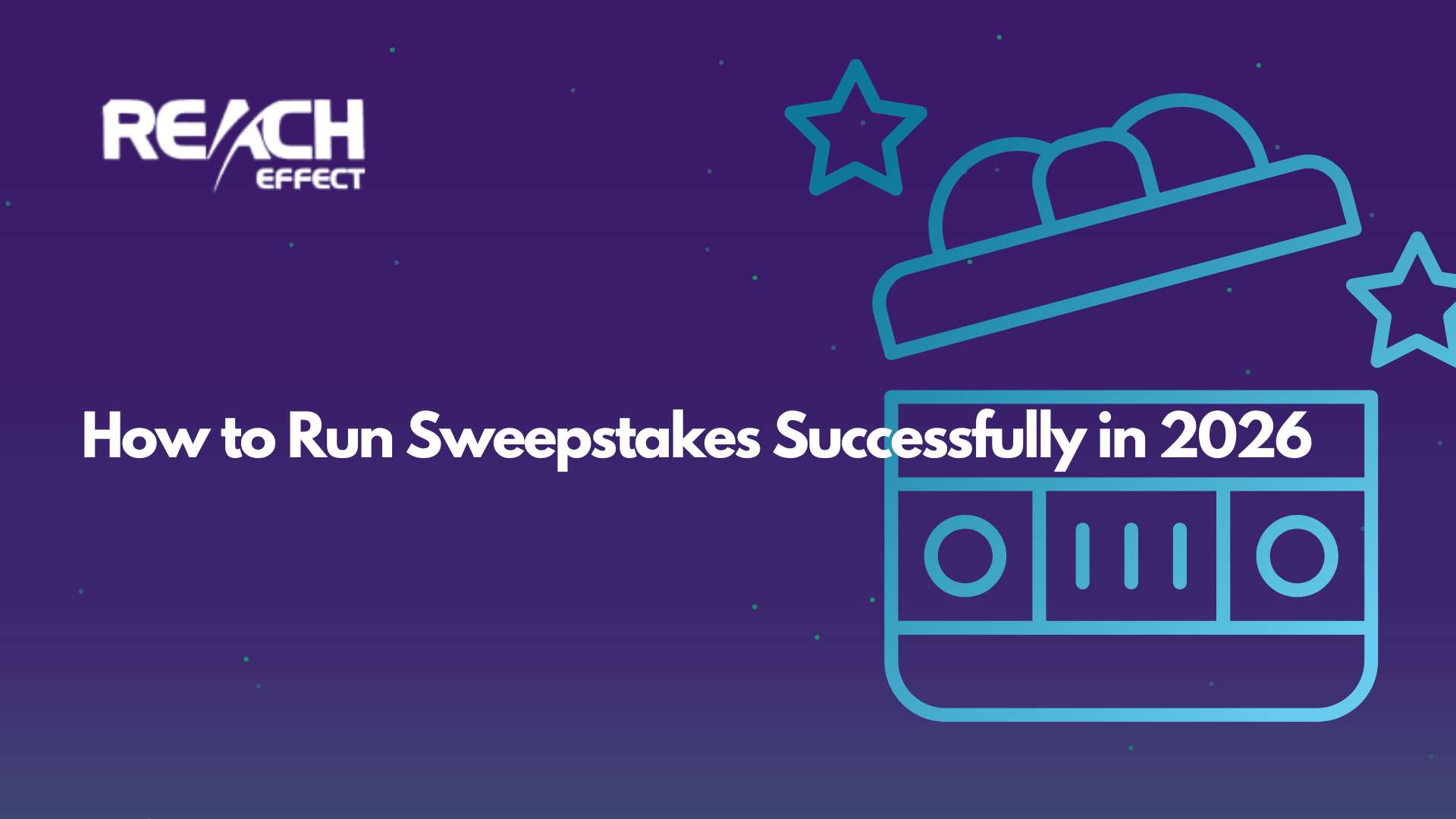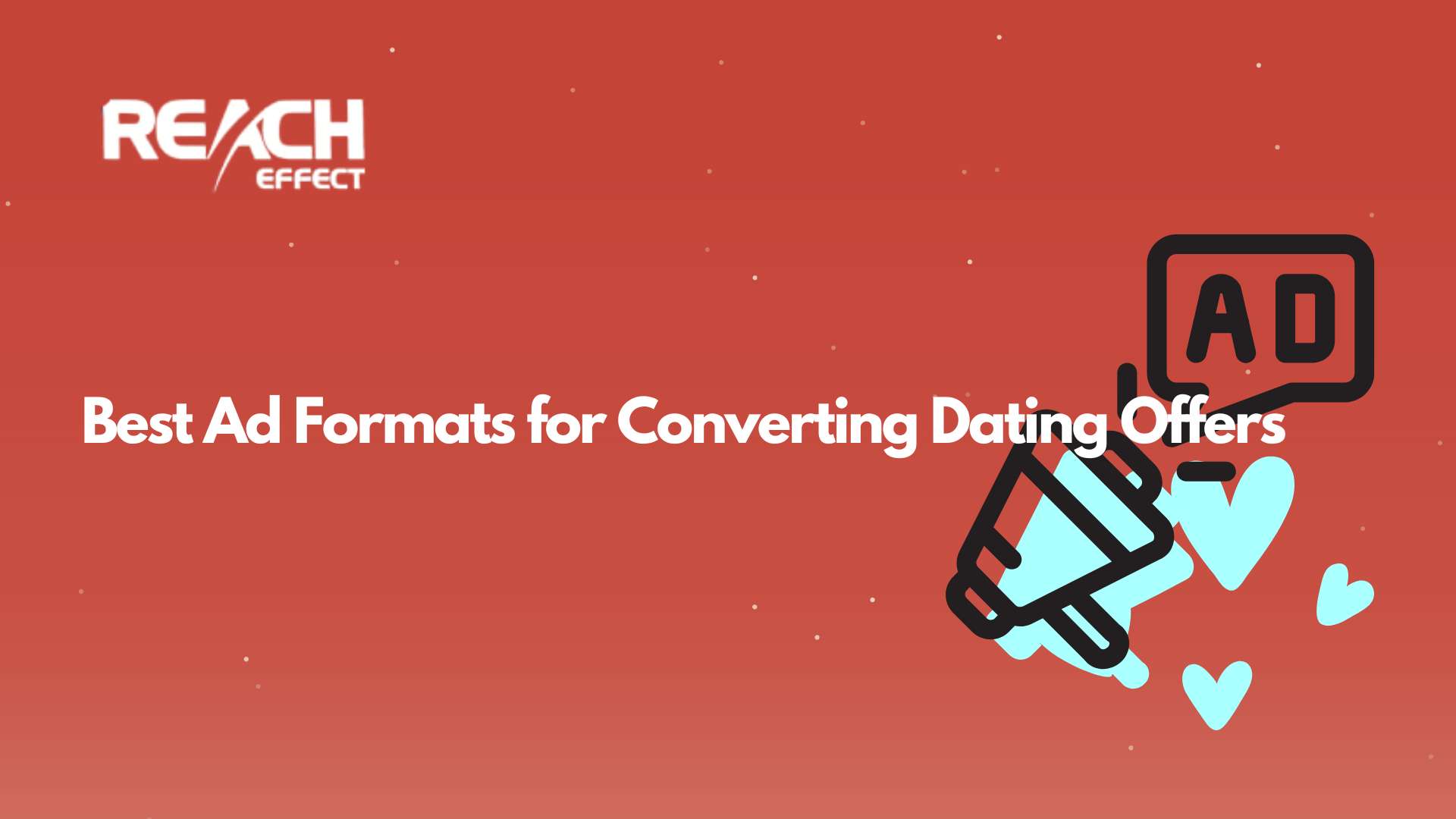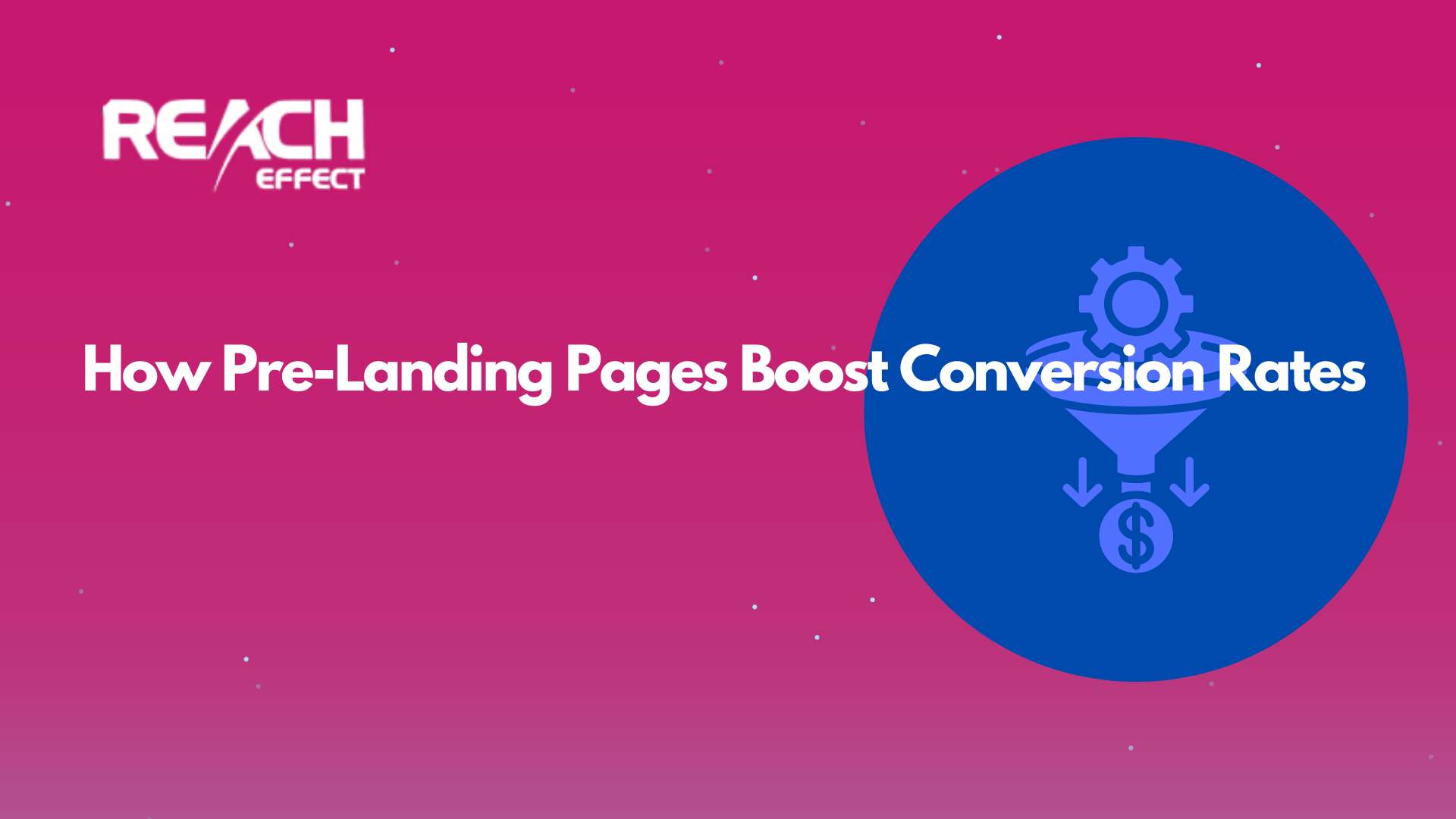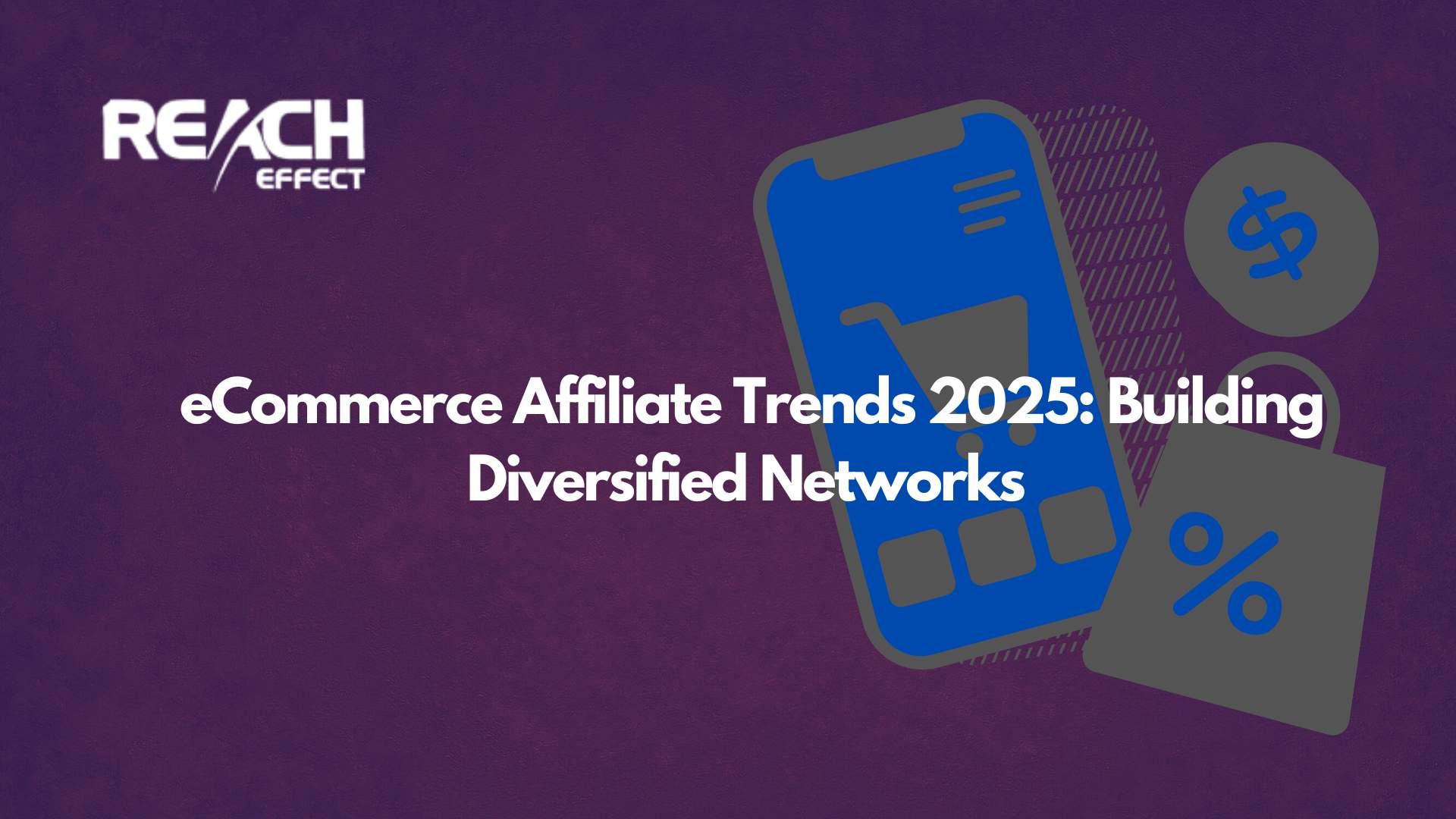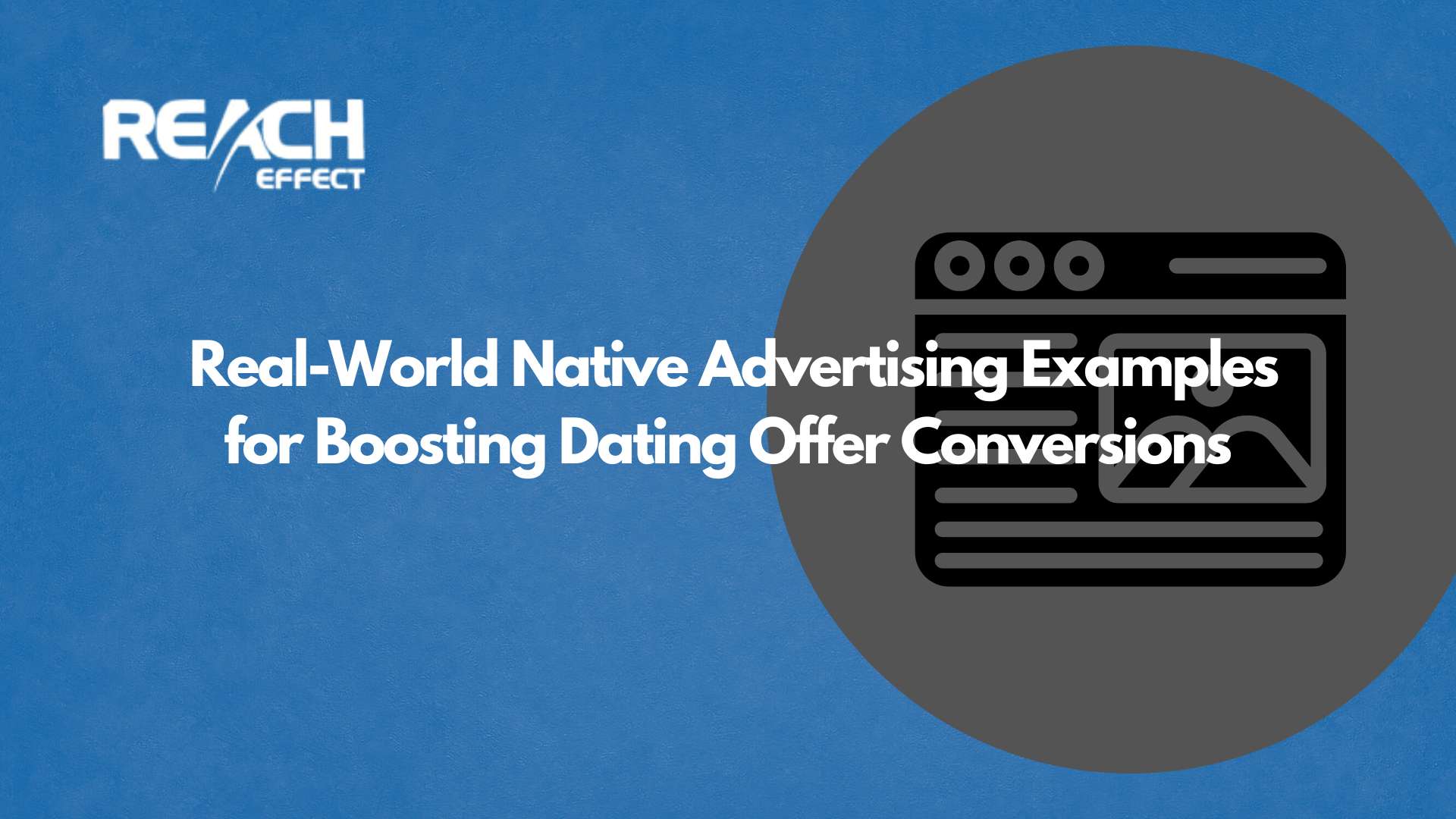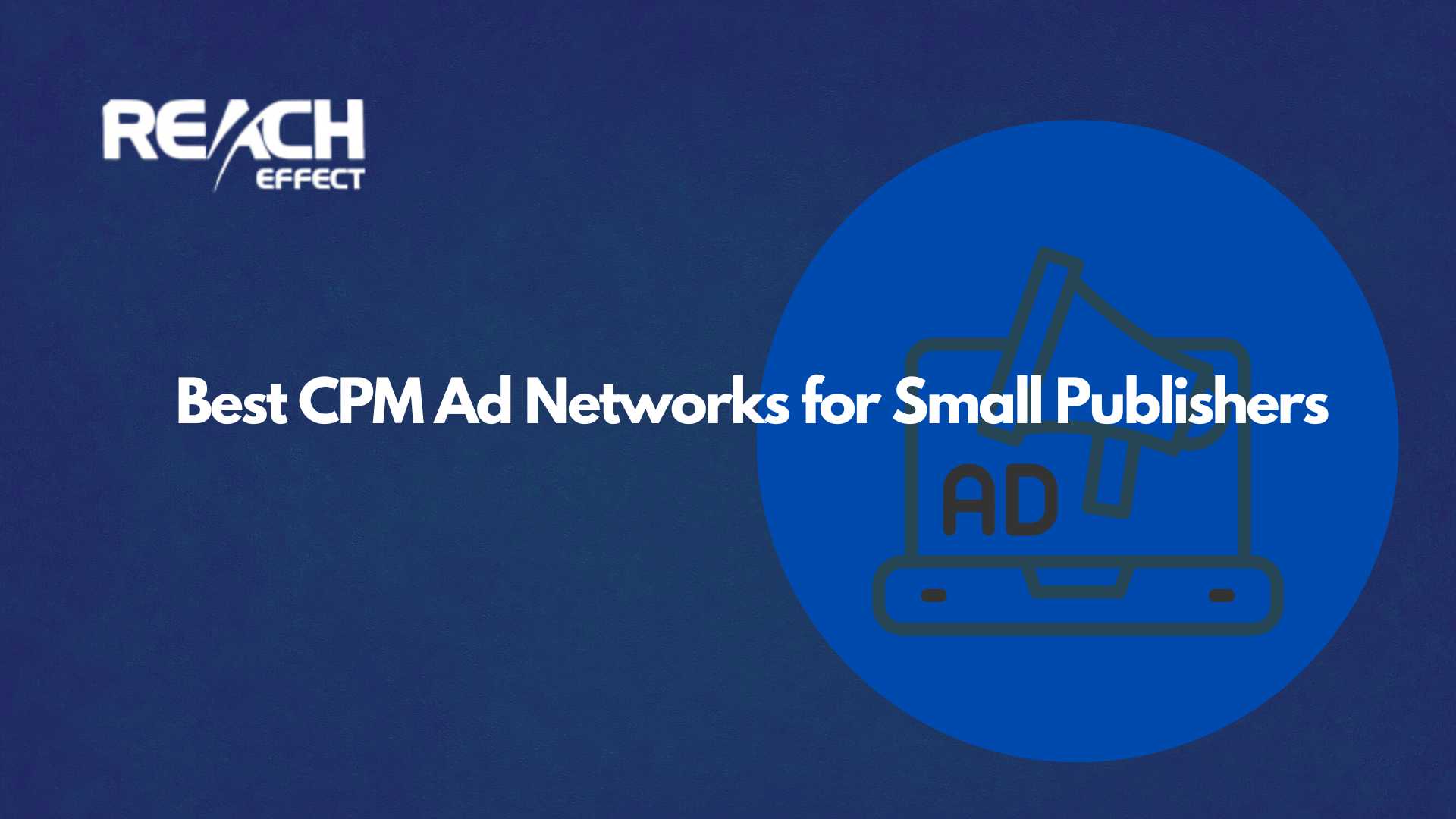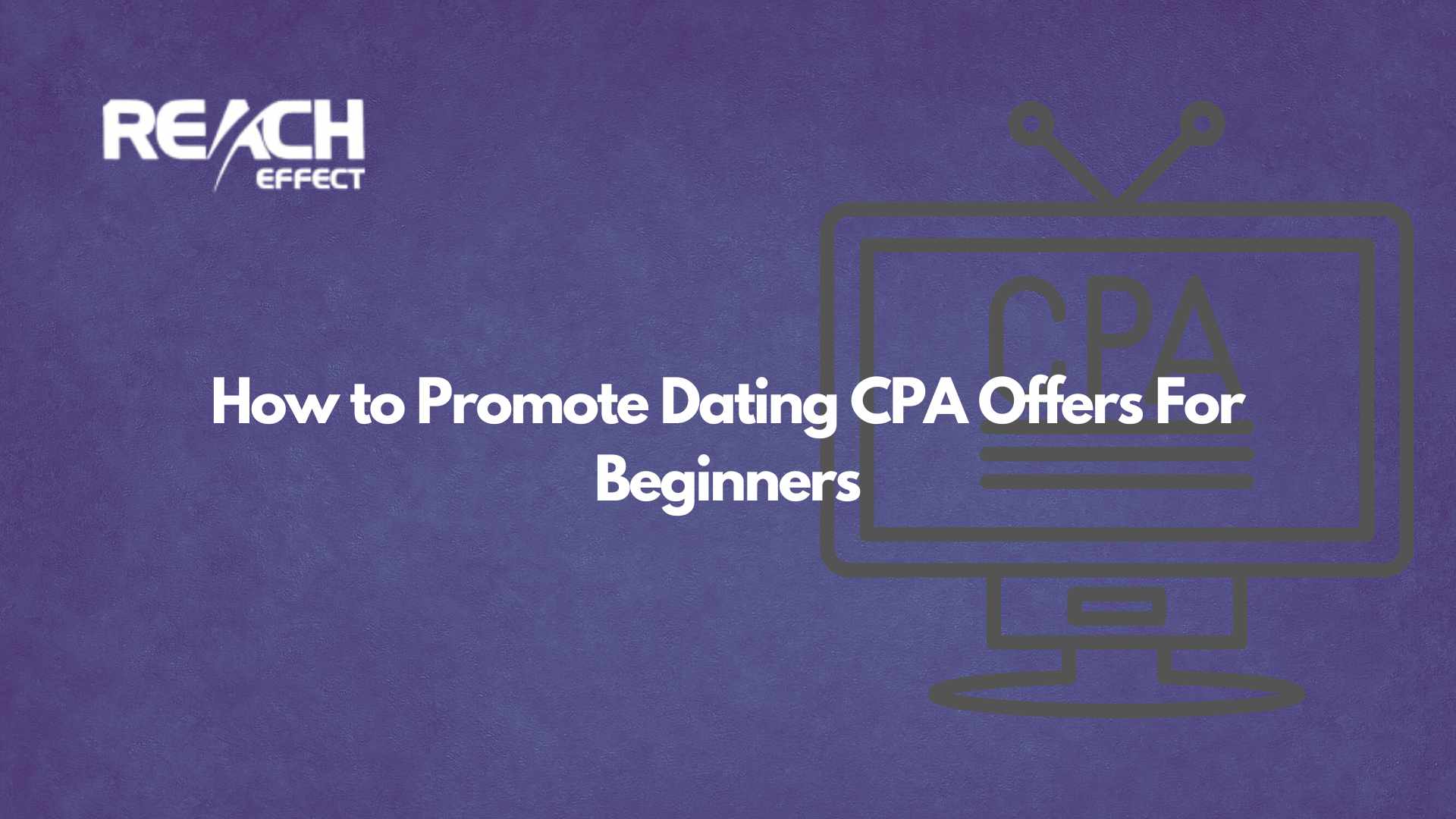I still remember the day I launched my first paid ad campaign. I’d spent hours crafting what I thought was the perfect headline, double-checked my targeting, and hit publish with complete confidence. The result? A click-through rate so low it made me question my entire career choice. That painful experience taught me something valuable: writing good copy and writing copy that converts are two entirely different skills.
Thank you for reading this post, don't forget to subscribe!Ad copy optimization isn’t just about making your ads sound better. It’s about understanding what makes people stop scrolling, what triggers that split-second decision to click, and how to turn that click into a meaningful action. After years of testing, failing, and eventually succeeding, I’ve learned that the difference between an ad that performs and one that doesn’t often comes down to details most marketers overlook.
Understanding What Ad Copy Optimization Really Means
When we talk about ad copy optimization, we’re really talking about the continuous process of improving every word, phrase, and call-to-action in your advertisements to drive better results. This isn’t a one-time task but an ongoing process that requires testing different approaches, tracking results, and continually refining based on what you learn.
The landscape has changed dramatically over the past few years. What worked in 2023 might not work today, and what works today probably won’t work the same way next year. The platforms evolve, audiences become more sophisticated, and competition gets fiercer. That’s why optimization isn’t optional anymore.
Think about it from your own perspective as a consumer. How many ads do you scroll past every single day? Hundreds, probably thousands. The ones that catch your attention do something different. They speak directly to a need you have right now, they promise something you actually want, or they present information in a way that makes you curious enough to learn more.
The Foundation: Know What You’re Optimizing For
Before you start tweaking headlines and testing different calls-to-action, you need clarity on what success actually looks like for your specific campaign. Are you optimizing for clicks, conversions, engagement, or brand awareness? Each goal requires a different approach.
When you align your ad copy with your landing page content and use compelling calls-to-action, you create a cohesive journey that significantly boosts conversion rates. I’ve seen campaigns where the click-through rate was excellent, but the conversion rate was terrible. The ad promised one thing, and the landing page delivered something completely different.
Setting Clear Optimization Metrics
Your metrics should tie directly to business outcomes. If you’re in e-commerce, you probably care most about return on ad spend and cost per acquisition. If you’re building brand awareness, impressions and engagement might matter more. For lead generation, it’s all about cost per lead and lead quality.
I learned this the hard way when I optimized a campaign purely for clicks. The CTR went up by 40%, which looked amazing in reports. But the quality of traffic dropped so much that actual conversions decreased. We were attracting the wrong people with sensationalized copy that didn’t reflect what we actually offered.
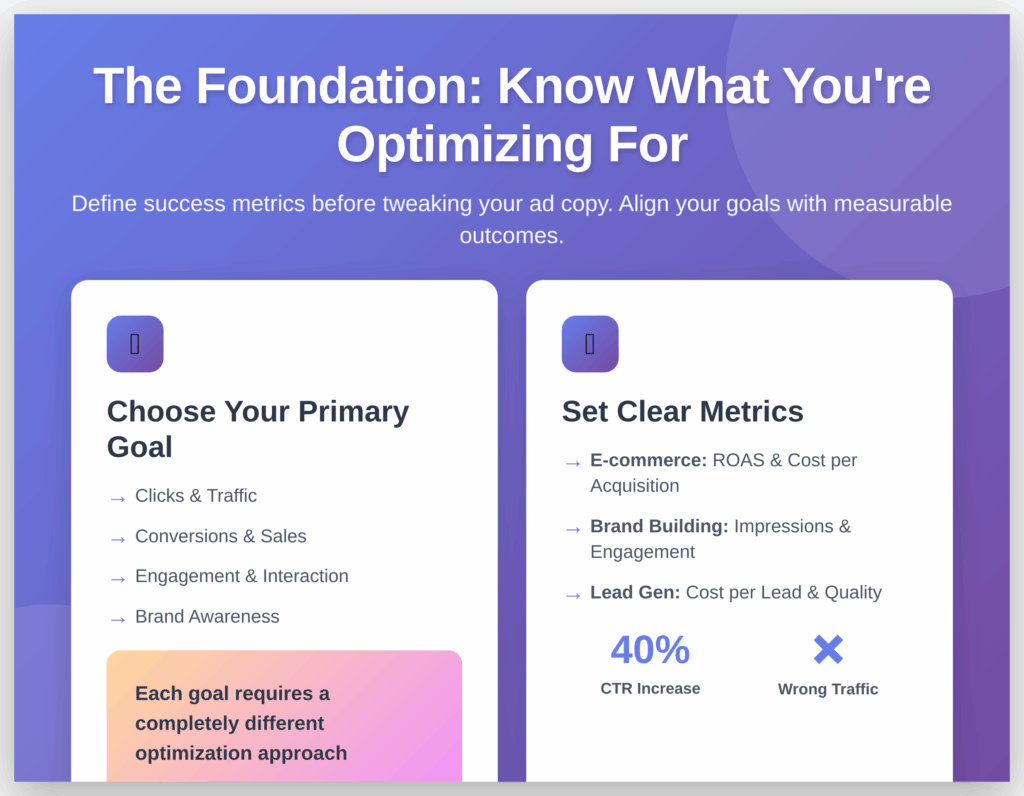
Crafting Headlines That Actually Stop the Scroll
Your headline is doing the heavy lifting in most ad formats. Attention-grabbing headlines that entice users to click are essential, and they need to incorporate relevant keywords to improve relevance and quality score. But there’s a balance between attention-grabbing and authentic.
I’ve tested hundreds of headlines across different industries, and the patterns are clear. Specificity beats vagueness every time. “Save Money on Insurance” performs worse than “Save $847/Year on Car Insurance.” Numbers give people something concrete to latch onto. In the vast majority of cases, it’s better to use numbers than to spell them out in words.
Questions can work brilliantly when they tap into something your audience is genuinely wondering about. “Still Paying Too Much for Software?” works because it acknowledges a common pain point. But questions that feel rhetorical or salesy tend to get ignored.
Power Words and Emotional Triggers
Certain words consistently outperform others in ad copy. Words like “proven,” “guaranteed,” “instant,” “exclusive,” and “limited” trigger psychological responses that drive action. But use them carefully. Overusing power words makes your copy sound like spam.
The emotional angle matters too. Fear of missing out, desire for belonging, aspiration to improve, relief from frustration. These emotional drivers are what actually motivate clicks and conversions. Logic might justify a purchase, but emotion initiates it.
The Description: Your Second Chance to Convert
If your headline got someone’s attention, your description needs to seal the deal. This is where you expand on the promise your headline made and give people a reason to take the next step.
I like to think of descriptions as mini-value propositions. What’s the core benefit? What makes your offer different? Why should someone act now instead of later? You don’t have space for everything, so prioritize ruthlessly.
One approach that works well is the “problem-agitation-solution” framework. Identify the problem your audience faces, agitate it briefly to make them feel it, then present your solution. For example: “Spending hours on manual data entry? That’s time you could spend growing your business. Our automation tools handle it in minutes.”
Using Social Proof Strategically
Numbers and statistics can transform a description from “okay” to compelling. “Join thousands of satisfied customers” is fine, but “Join 47,293 businesses who’ve saved an average of 15 hours per week” is much more powerful. Specificity creates credibility.
Customer testimonials work too, but they need to be brief and focused on results. “This changed my business” doesn’t say much. “We closed 3x more deals in our first month” tells a story people can imagine themselves in.
Optimizing Ad Copy with Generative AI
The emergence of generative AI has fundamentally changed how we approach ad copy optimization. Generative AI is reshaping how brands create and optimize ads across text, video, and display formats, offering faster production, smarter personalization, and better performance. But there’s a critical point many marketers miss: AI is a tool, not a replacement for strategy.
I started experimenting with AI-generated ad copy about a year ago, and the results have been mixed. When used correctly, AI can dramatically accelerate your testing process and uncover angles you might never have considered. When used poorly, it produces generic copy that sounds like every other AI-generated ad out there.
How to Actually Use AI for Ad Copy+
Tools that analyze your top-performing ads and brand guidelines can learn your unique tone of voice and style, then generate high-quality, on-brand ad copy using new keywords. This is the right approach. You’re not asking AI to create from scratch; you’re teaching it what has already worked for your brand.
Start by feeding AI examples of your best-performing ads along with context about your audience, their pain points, and your unique value proposition. Great AI-generated ad copy depends on the input, and clear, structured prompts lead to stronger results. The more specific your prompts, the better your output.
Here’s a framework I use when prompting AI for ad copy:
- Define the audience with specific demographics and psychographics
- Specify the pain point or desire you’re addressing
- Include examples of your brand voice and tone
- Set constraints (character limits, required keywords, compliance requirements)
- Request multiple variations to test
The Human Element Still Matters
AI can generate dozens of variations in seconds, but it can’t tell you which ones will actually resonate with your specific audience. AI-driven insights need to be based on real campaign data rather than assumptions. You still need to test, measure, and refine based on actual performance.
I’ve also found that AI-generated copy often lacks the subtle nuances that come from deep customer understanding. It might technically check all the boxes, but miss the emotional resonance that drives conversions. That’s why I use AI for ideation and variation generation, then apply human judgment to select and refine the winners.
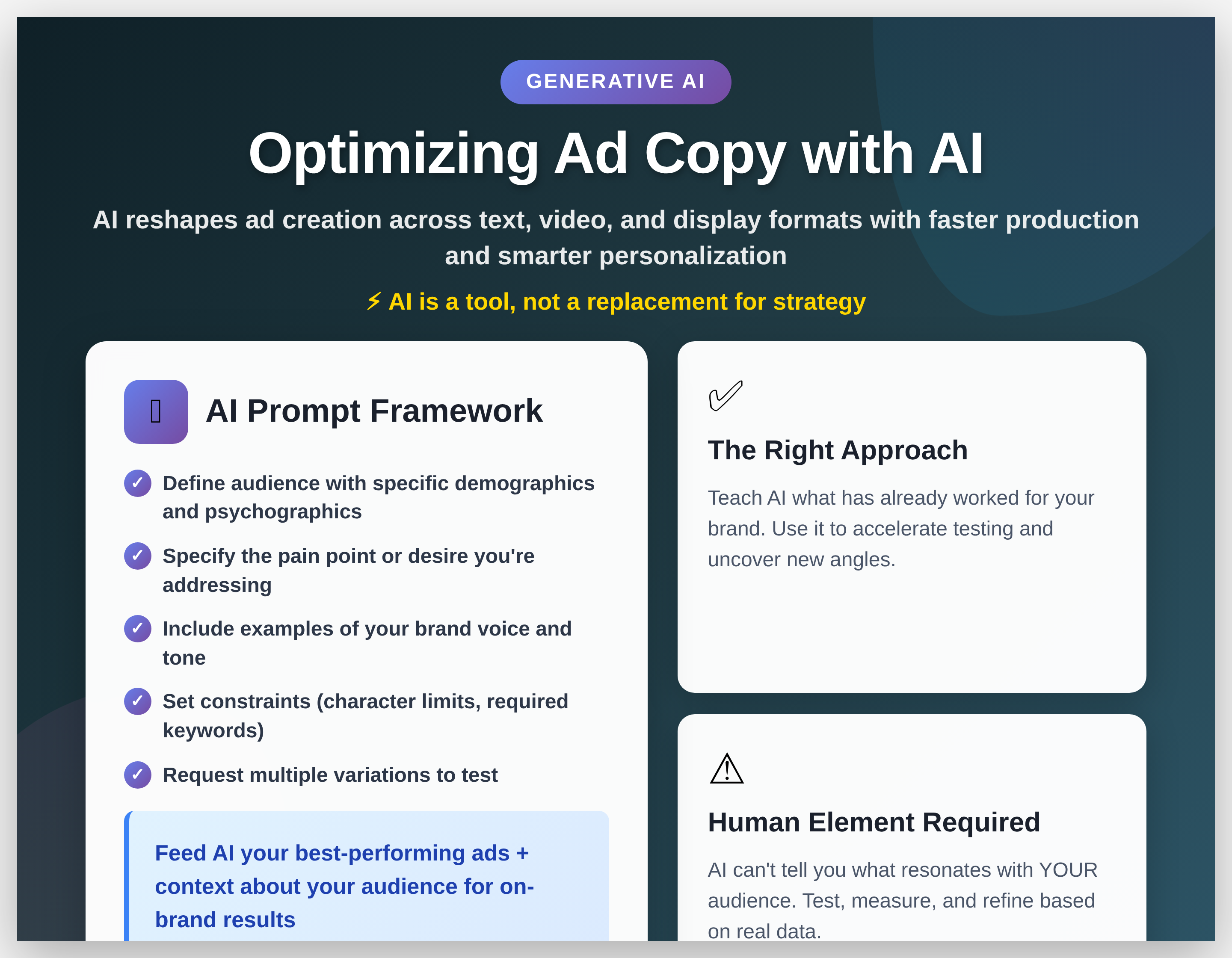
Testing: Where Real Optimization Happens
You can theorize all day about what will work, but A/B testing is the methodology for comparing two versions against each other to determine which performs better, using statistical analysis to reach valid conclusions. Testing removes guesswork from the equation.
The key is testing one variable at a time. If you change the headline, the description, and the call-to-action all at once, you won’t know which change drove your results. Test the headline first, find a winner, then test descriptions, then test CTAs.
What to Test First
Start with the elements that have the biggest potential impact. Headlines are usually your best bet because they directly influence whether someone reads the rest of your ad. After that, test your calls-to-action, then descriptions, then smaller elements like ad extensions.
I’ve run tests where changing a single word in the headline increased CTR by 35%. I’ve also run tests where massive changes to the description had almost no impact. You never really know until you test, which is why you need to test systematically.
How Long to Run Tests
This depends on your traffic volume, but generally you want at least 100 conversions per variation before making decisions. Lower traffic campaigns need to run longer to reach statistical significance. Be patient. Ending tests too early is one of the most common mistakes I see.
Also, consider external factors. If you’re running a test during a holiday or major sale, those results might not represent normal performance. Try to test during typical periods when possible.
Common Mistakes That Kill Ad Performance
After auditing hundreds of ad accounts, I see the same mistakes over and over. Avoiding these can immediately improve your results.
Mistake 1: Generic Calls-to-Action
“Learn More” and “Click Here” are wasted opportunities. Your CTA should reinforce the value proposition. “Get Your Free Quote,” “Start Your Trial,” or “Download the Guide” tell people exactly what they’re getting when they click.
Mistake 2: Ignoring Mobile Optimization
Most ad traffic comes from mobile devices now, but many marketers still write copy optimized for desktop. Mobile users have less patience and smaller screens. Your copy needs to be concise and your value proposition needs to be immediately obvious.
Mistake 3: Mismatched Ad and Landing Page
This is probably the biggest conversion killer I encounter. If your ad promises a 20% discount, the landing page better prominently feature that discount. Any disconnect between ad and landing page destroys trust and tanks conversion rates.
Mistake 4: Neglecting Negative Keywords
This is specific to search ads, but crucial. If you’re not actively building and maintaining negative keyword lists, you’re wasting budget on irrelevant clicks. Someone searching “free alternatives to [your product]” is probably not your ideal customer.
Putting It All Together
Ad copy optimization isn’t a one-time project you complete and move on from. It’s a mindset of continuous improvement, where you’re always testing, learning, and refining. The marketers who embrace this approach consistently outperform those who set up campaigns and let them run on autopilot.
Start with the fundamentals. Write clear, benefit-focused copy that speaks directly to your audience’s needs. Test systematically. Use data to inform your decisions, not gut feelings. Leverage AI to accelerate your testing, but don’t let it replace strategic thinking.
At Reacheffect, we’ve seen how proper ad copy optimization can transform campaign performance. The difference between average and exceptional isn’t usually about having a bigger budget. It’s about being more strategic, more systematic, and more willing to let data guide your decisions.
The best time to start optimizing your ad copy was yesterday. The second best time is right now. Pick one campaign, identify one element to test, and start gathering data. You’ll be amazed at what you learn.

